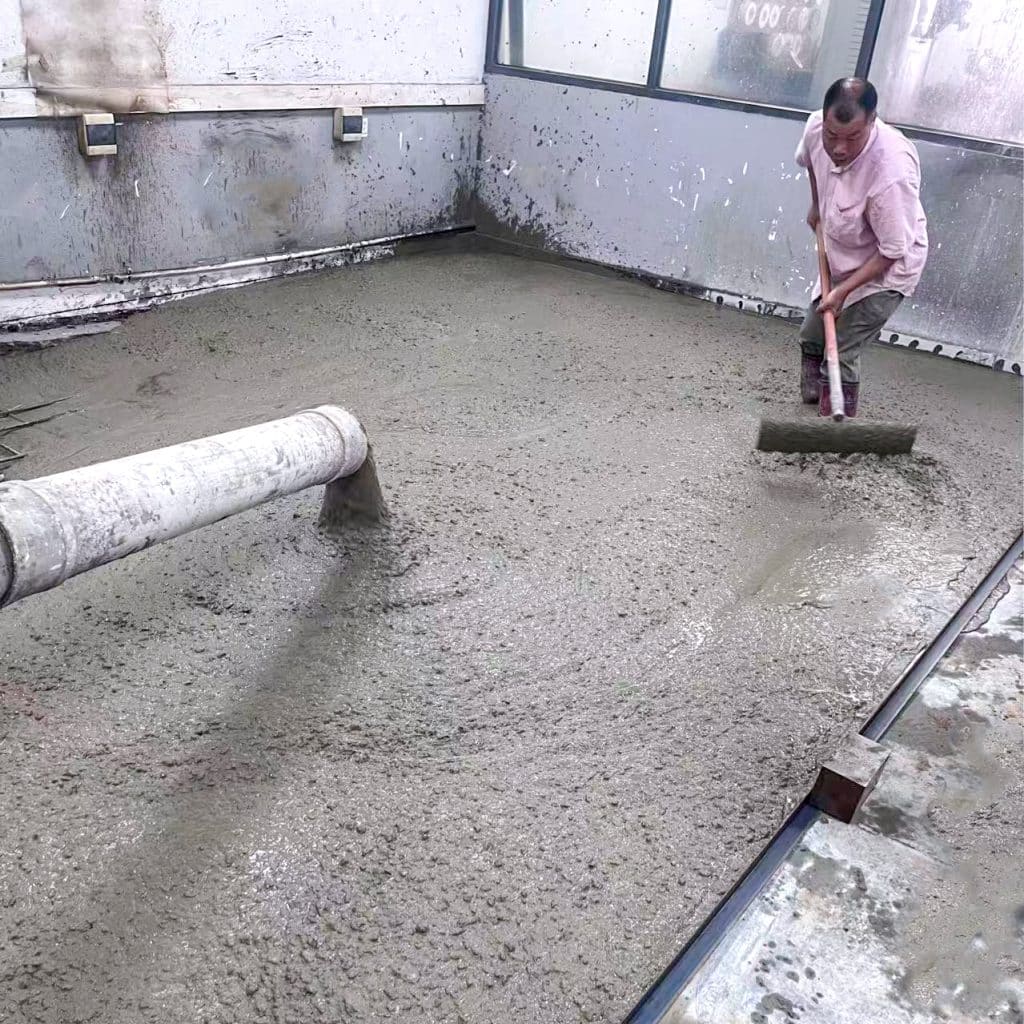Influence of the Foundation on CNC Machining Accuracy
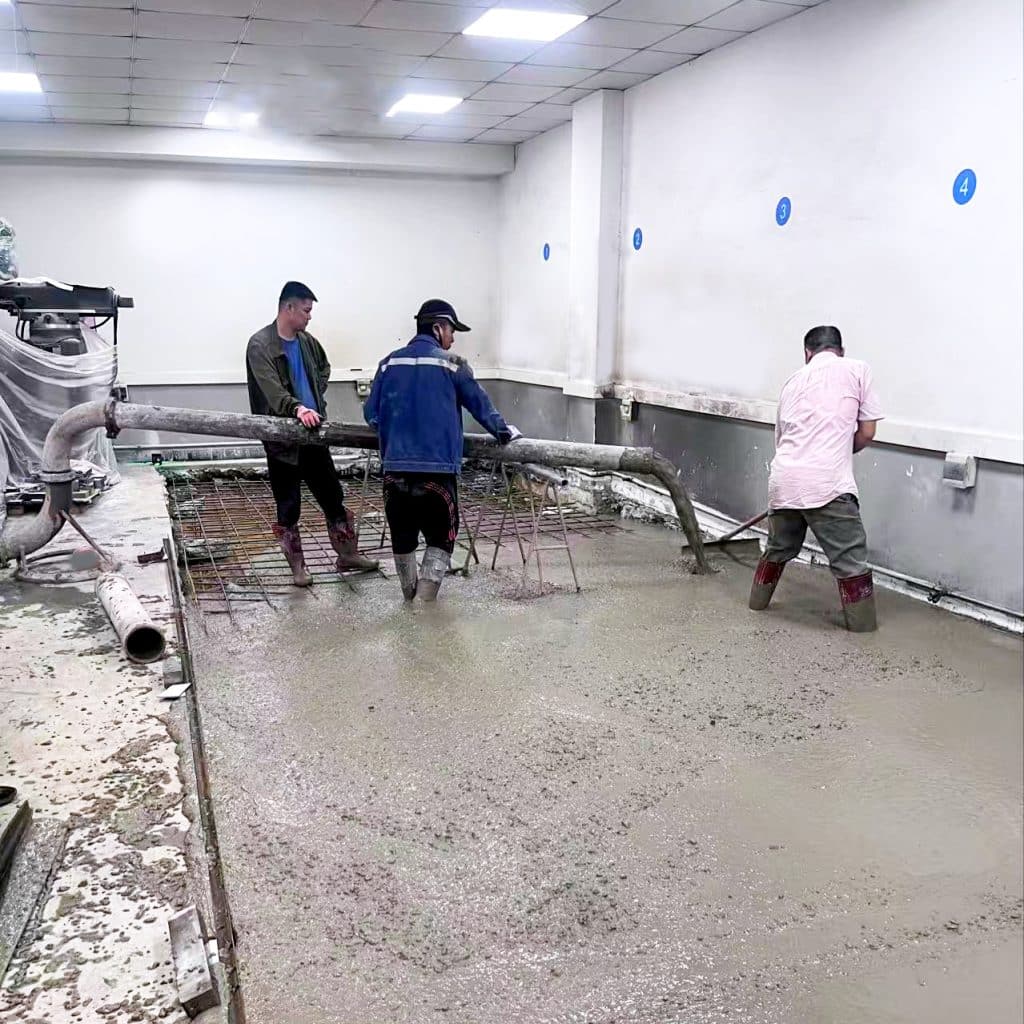
As a key piece of precision machining equipment, a machine tool typically achieves accuracy at the micrometer level, and its foundation serves as its “root.” Without a stable foundation, precision cannot be guaranteed. A well-constructed foundation effectively prevents displacement and settlement, reduces vibration during machining, and ensures both accuracy and operational stability. Therefore, a deep understanding of the impact of foundation-induced vibrations on machine performance, along with the systematic adoption of scientific and effective countermeasures, is essential for safeguarding machining accuracy, extending equipment service life, and controlling production costs.
Environmental vibrations not only cause the machine tool itself to vibrate, but more critically, they induce relative displacement between the cutting tool and the workpiece. This directly affects the dimensional accuracy and surface quality of machined parts. Specifically, such vibrations may lead to the following typical problems:
1. Dimensional inaccuracies
2. Chatter marks (vibration patterns)
3. Reduced tool life
4. Accelerated wear of precision components
5. Signal distortion in feedback components
6. Forced reduction of cutting parameters, lowering productivity
Environmental vibrations are inherently random in nature, and their primary sources include the following aspects:
1.Vibrations generated by the operation of other large-scale equipment in the workshop
2. Vibrations from road traffic outside the workshop, such as passing heavy trucks
3. External vibration sources such as nearby construction activities and subway operations
4. Vibrations caused by natural factors such as wind loads and groundwater flow
5. Vibrations transmitted through the building structure
6. Foundation built on soft soil layers prone to settlement
Our company utilizes the Mazak VCE Series 570-BL vertical machining center, a high-performance CNC machine. This model features a C-frame design with a moving table, and its main structure is made of high-quality, stress-relieved cast iron, offering excellent thermal characteristics, stability, high rigidity, precision, and low vibration. To effectively cope with complex and variable external vibration environments, Mazak machines enhance vibration resistance and operational stability through the following key technologies:
1. Thermally Symmetric Box Structure: Effectively disperses and absorbs cutting vibrations and heat.
2. Low-Center-of-Gravity, Wide-Base Design: Ensures stability and vibration resistance during high-speed movements.
3. Spindle with Ceramic Bearings, Oil-Air Lubrication, and Efficient Cooling System: Achieves minimal thermal growth and low vibration during high-speed operation.
4. Built-in thermal deformation compensation model automatically corrects the positions of all axes in real time, counteracting structural micro-deformations caused by temperature rise.
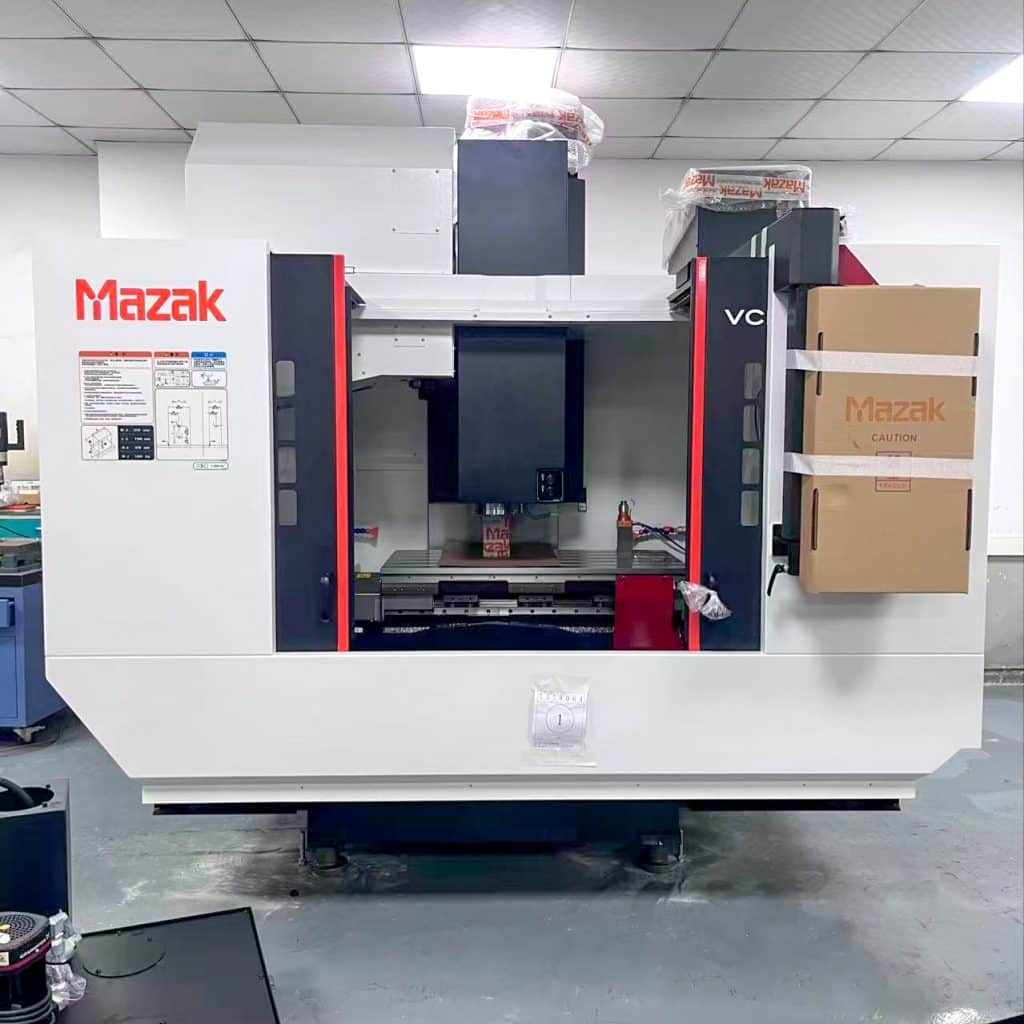
CNC machine tools are high-precision equipment and must be operated under strictly controlled environmental conditions to ensure normal functioning, extend service life, improve equipment utilization, and maintain machining accuracy. Machines should be installed on a solid and level foundation, avoiding locations with direct sunlight, proximity to heat sources, large temperature fluctuations, high humidity, high dust concentration, nearby vibration sources, weak foundations, or close to high-voltage lines. The foundation should possess sufficient vibration resistance, strength, and rigidity to prevent external vibrations from negatively affecting accuracy, performance, and service life. Even if a machine’s guideways are manufactured to extremely high precision, improper installation can prevent it from achieving the desired machining results.So how can the negative effects of foundation vibrations be avoided in practice? It is recommended to address this issue from the following aspects.
Ensure a stable foundation to prevent settlement.
To ensure the machining accuracy of CNC machines, in addition to selecting an installation site with minimal vibration and impact, a solid foundation must be constructed. The foundation in the equipment installation area must be firm and free from cavities, loose soil, or other hidden defects. If the ground is made of reinforced concrete with sufficient thickness, anchor bolts can be installed directly according to the specified requirements. For soft soil foundations, excavation and re-pouring of concrete with adequate thickness is required to prevent equipment settlement in later stages. It is recommended to use concrete with a grade not lower than C20–C25.To facilitate leveling of the machine bed and minimize vibration, manufacturers usually provide special leveling pads, anchor bolts, and lock nuts. For example, J-type foundation bolts should have their installation positions reserved before pouring the concrete.
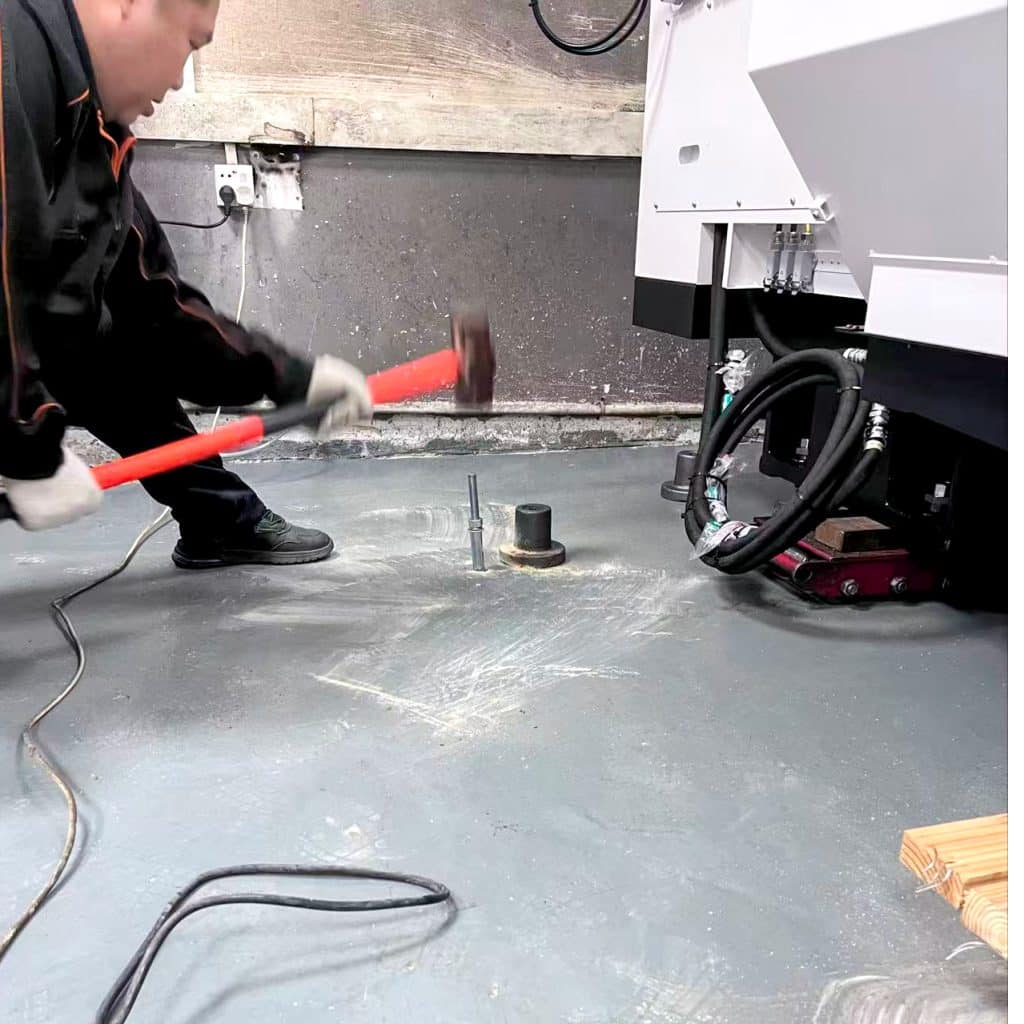
Ensure sufficient foundation dimensions and appropriate concrete thickness.
For heavy-duty and precision machining centers, an independent foundation must be used. The foundation dimensions should not be smaller than the outline of the machine’s supporting area and must also allow sufficient space for installation, adjustment, and maintenance. The layout should take into account the footprint of auxiliary equipment such as the coolant tank, hydraulic unit, thermostatic oil tank, worktable pallet stand, separate electrical cabinet, transformer, control panel, tool magazine, and chip conveyor.Although greater concrete thickness generally improves performance, the foundation thickness should, from an economic standpoint, be kept to the minimum necessary to prevent vibration and foundation deformation. For large high-precision machine tools, a foundation thickness of 100 mm to 250 mm is recommended.
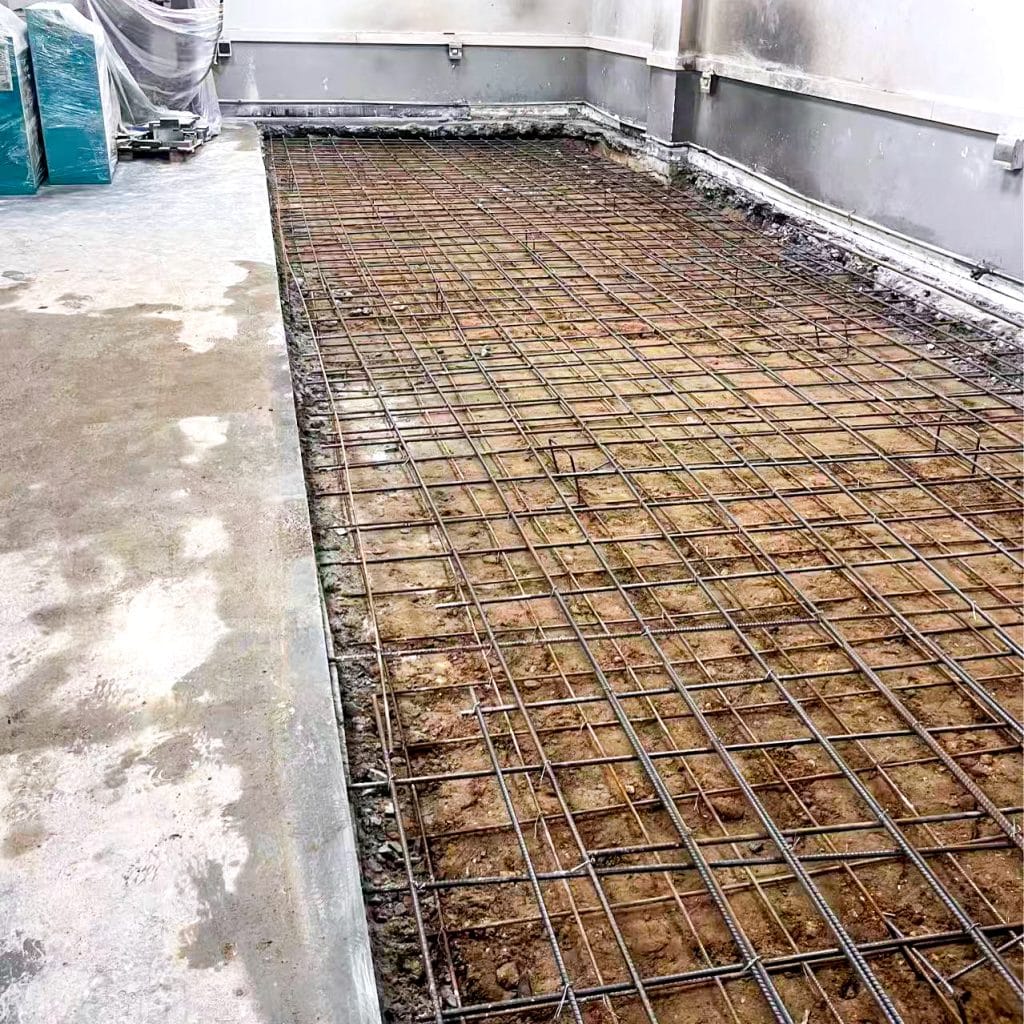
Precision machine tools should be isolated from surrounding vibration sources.
Precision machining centers are highly sensitive to vibration and must especially avoid large vibration sources. The machine’s working environment is subject to vibrations from various conditions. Typically, the natural frequency of a machine tool is around 20–25 Hz, with an amplitude in the range of 0.1–0.2 μm. When resonance occurs or external vibrations are applied, the amplitude increases significantly, thereby affecting machining accuracy.For this reason, precision machines should be installed away from beams and columns, or vibration isolation measures should be implemented. Constructing a vibration isolation trench is an effective solution. The trench depth should be equal to that of the foundation, with a width of 5–8 cm and a depth of 20–30 cm. The trench can be filled with sponge, latex, or asphalt, and the surface near the ground should be finished with concrete.
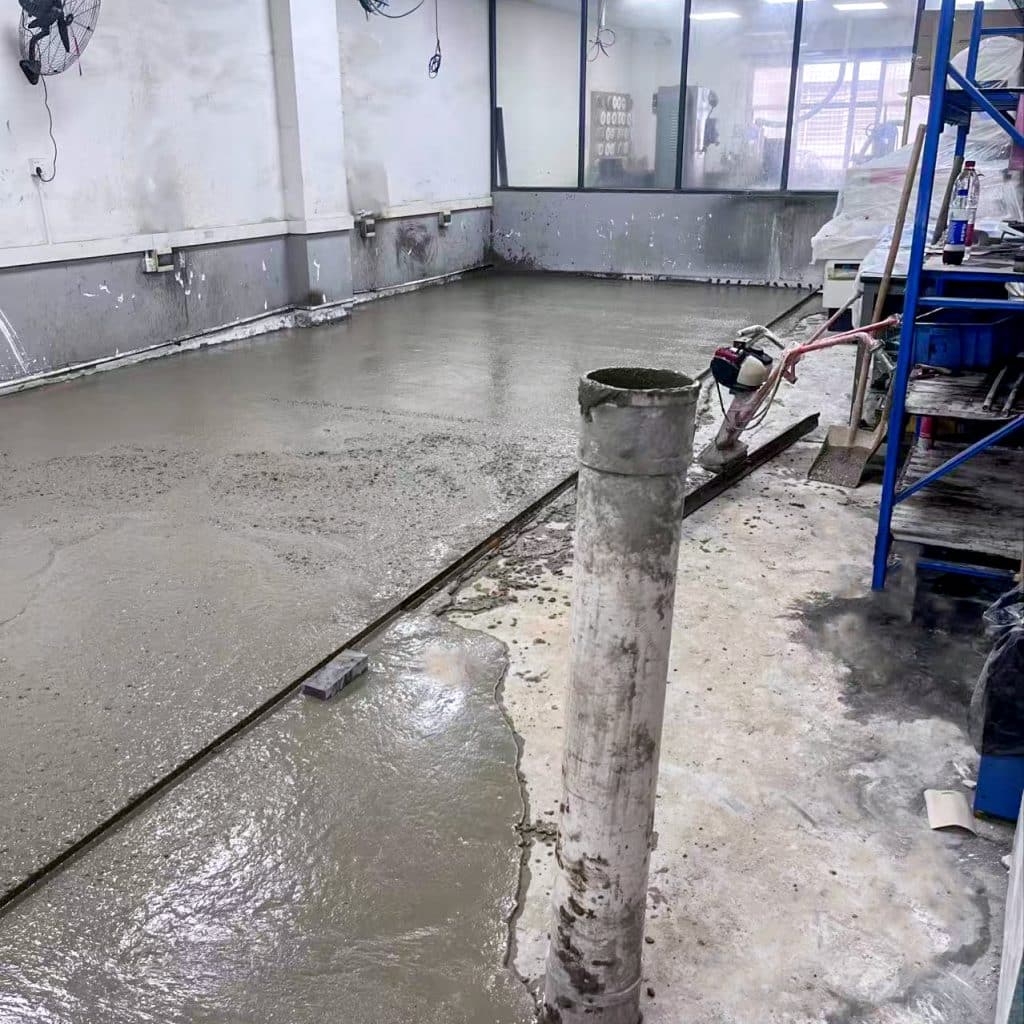
The foundation of heavy machine tools must be isolated from the building columns.
Heavy machine tools and their workpieces are very heavy and can exert a significant impact on the foundation. If the foundation is connected to, or placed too close to, building columns, it may cause deformation of the supporting structure and even pose potential safety hazards.
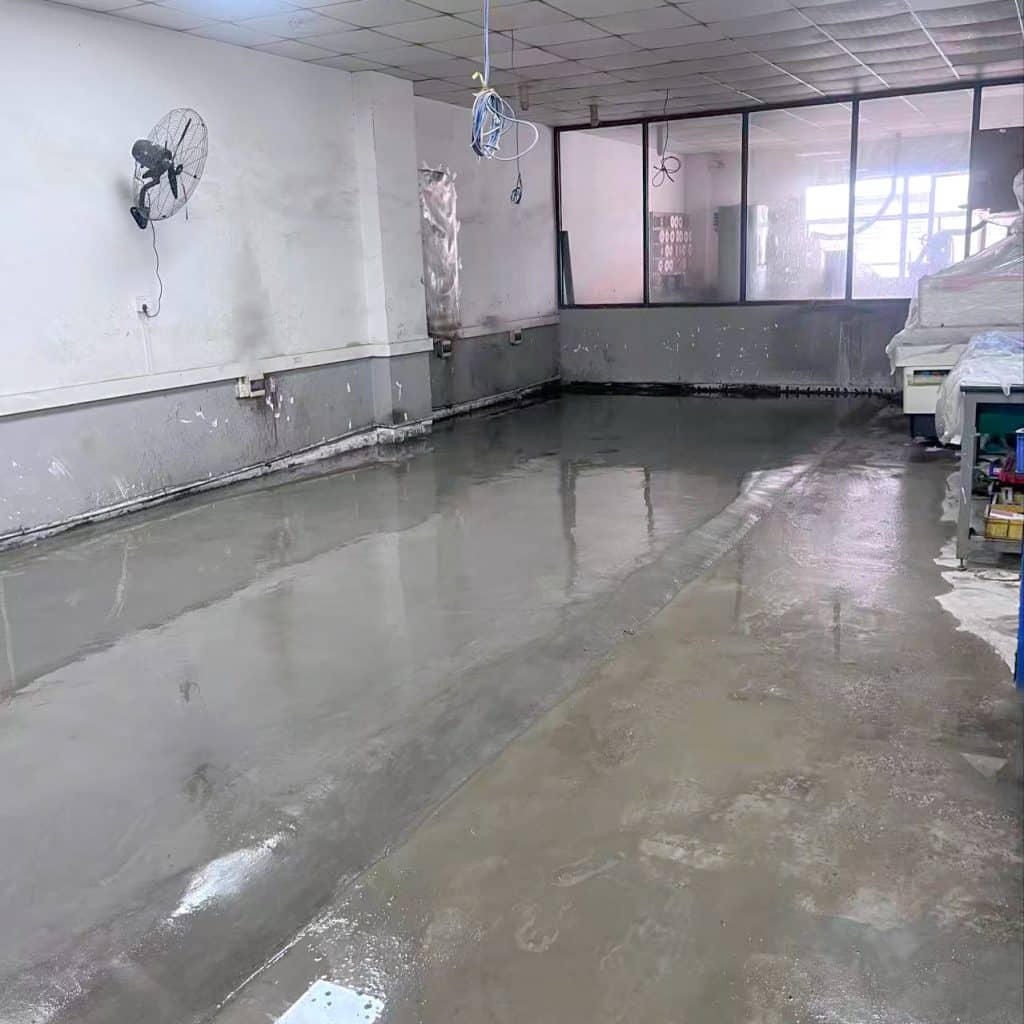
Enhance foundation durability to prevent oil and water erosion.
Before pouring the foundation, the inner surface must be compacted, leveled, and coated with anti-corrosion and waterproof paint. After application, the coating should be cured for one week before use. Once the concrete is poured, the foundation must be free of cavities or interconnected voids.Embedded holes should be cleaned and moistened prior to secondary pouring, and grouted with cement mortar of a grade higher than that of the foundation concrete. For exposed concrete surfaces, it is recommended to apply four coats of epoxy anti-corrosion paint (H52-3) followed by two coats of epoxy varnish (H01-1), with each layer applied at a thickness of 0.02 mm to 0.04 mm.
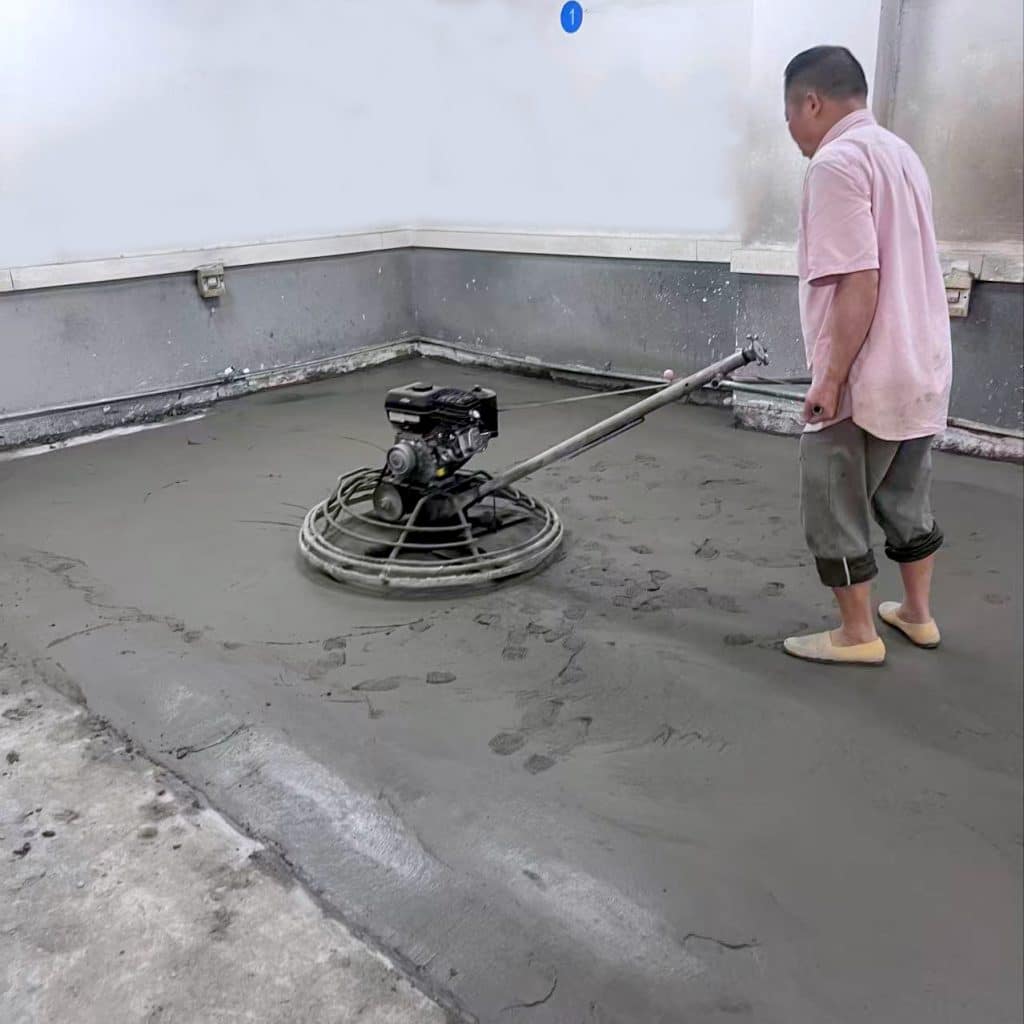
Preloading treatment before installation
After the machine tool foundation is completed, gravity preloading is a critical step that must not be overlooked. Once the foundation has been poured, it undergoes both elastic and inelastic deformation. By applying a uniformly distributed load equivalent to 1.25 times the sum of the machine’s own weight and its maximum operating load, the foundation can be preloaded effectively. This accelerates foundation stabilization and reduces the risk of local settlement.
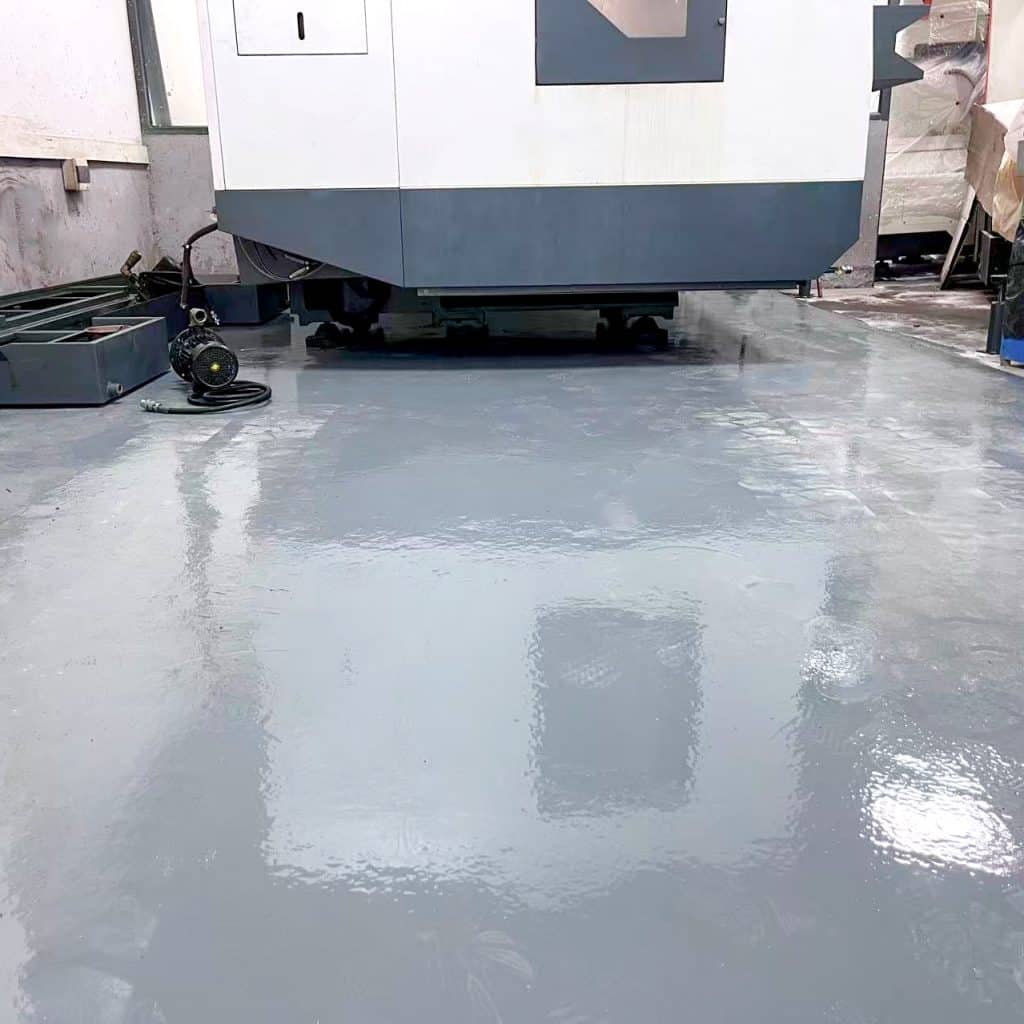
To ensure that Mazak machine tools deliver their utmost precision, we exercise strict control from the very foundation. The base is excavated to a depth of 300 mm, integrally poured with high-grade cement, and reinforced with a 12 mm rebar mesh. This foundation design not only distributes dynamic loads effectively but also significantly reduces resonance interference between multiple machines, laying a solid groundwork for long-term, micron-level machining accuracy. We firmly believe that exceptional precision stems from an uncompromising commitment to invisible details—this is where our promise of quality begins.
